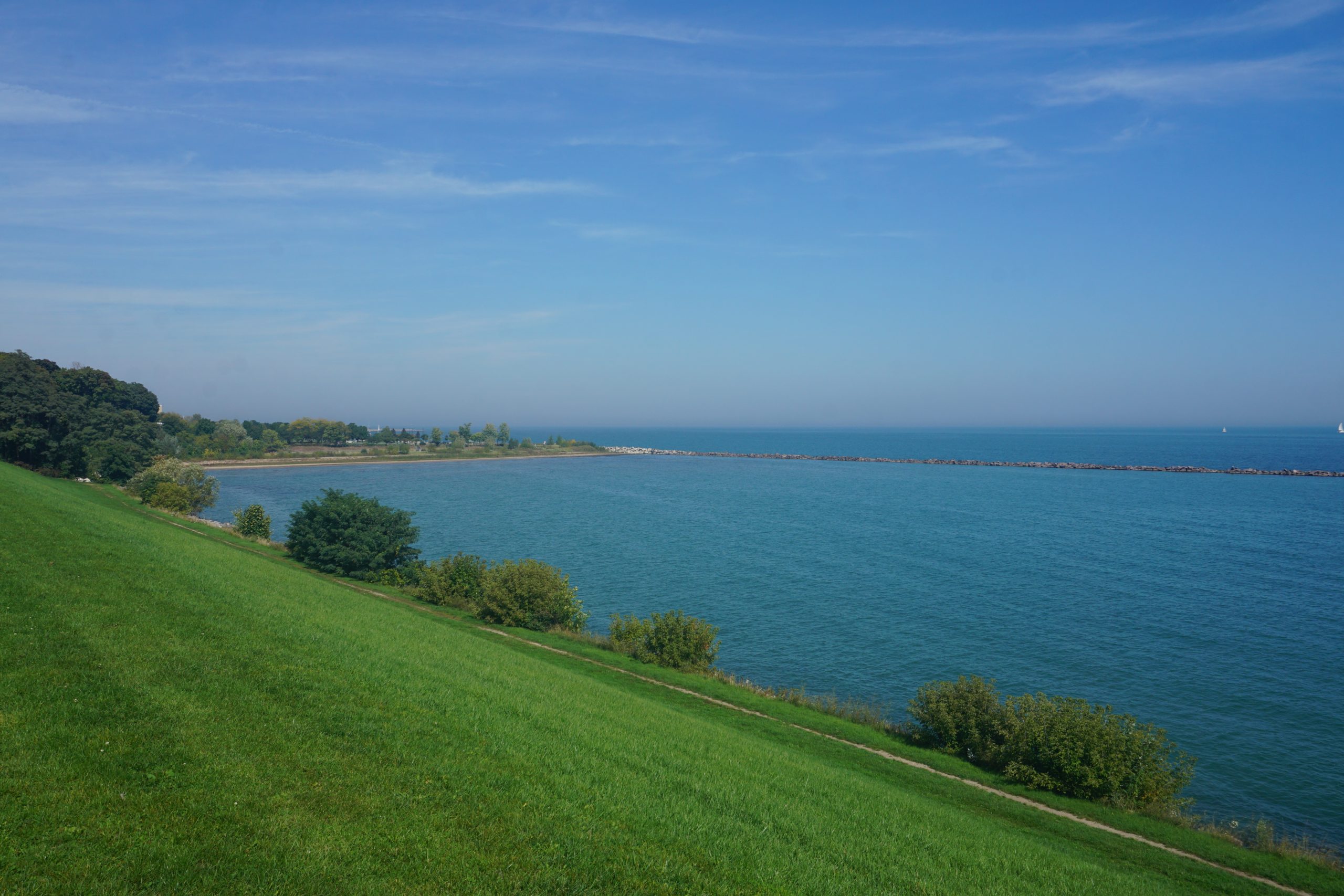Summary

Lake Michigan and Lake Superior are two of the five Great Lakes in North America, each with its own unique features and characteristics. While they share some similarities, such as their importance for tourism, recreation, and the regional economy, there are significant differences in their size, location, water temperature, and environmental impact. This blog post will delve into the key distinctions between these two iconic lakes, providing insights for lakes touring enthusiasts.
Size and Volume

When it comes to size and volume, Lake Superior reigns supreme. With a surface area of 31,700 square miles (82,100 km²), it is the largest of the Great Lakes and the second-largest lake in the world by surface area. In fact, Lake Superior holds as much water as the other four Great Lakes (Michigan, Huron, Erie, and Ontario) combined, with room to spare for an additional Lake Erie.
In contrast, Lake Michigan is the third-largest of the Great Lakes, with a surface area of 22,300 square miles (57,800 km²). While still an impressive body of water, it is significantly smaller than its northern counterpart, Lake Superior.
Location and Shoreline
The location and shoreline of these two lakes also differ significantly. Lake Superior is located above Michigan’s Upper Peninsula, forming the largest expanse of freshwater in the world. Its shoreline is characterized by rugged, rocky cliffs and remote, pristine landscapes.
On the other hand, Lake Michigan is located entirely within the United States, with the state of Wisconsin bordering it to the east. The shoreline of Lake Michigan is more diverse, featuring beautiful sandy beaches, sand dunes, and picturesque coastal towns.
Water Temperature and Swimming
The water temperature of these two lakes is a significant point of difference. Lake Superior is known for its cold waters, with temperatures rarely exceeding 50°F (10°C) even during the summer months. While the cold water may not be ideal for swimming, it does support a unique and diverse aquatic ecosystem.
In contrast, Lake Michigan’s waters can be quite warm during the summer, often reaching temperatures suitable for swimming. The warmer water temperatures make Lake Michigan a popular destination for beachgoers and water sports enthusiasts.
Economic and Environmental Impact
Both Lake Michigan and Lake Superior play crucial roles in the regional economy, supporting industries such as tourism, manufacturing, and shipping. However, the specific economic impacts of each lake may vary.
Lake Michigan, with its warmer waters and diverse shoreline, is a significant draw for tourists, particularly in the summer months. The lake’s beaches, sand dunes, and coastal towns contribute significantly to the economy of the surrounding states.
Lake Superior, on the other hand, is known for its unique habitats and natural treasures, which attract visitors interested in outdoor recreation, wildlife viewing, and environmental conservation. The lake’s remote and rugged nature also makes it an important resource for industries such as mining and forestry.
Both lakes face similar environmental threats, including pollution, habitat loss, invasive species, and the impacts of climate change. Efforts to protect and restore these valuable ecosystems require binational cooperation between the United States and Canada.
Unique Features
While both Lake Michigan and Lake Superior are impressive bodies of water, each has its own unique features and characteristics.
Lake Superior is known for its diverse and pristine ecosystems, including national treasures like Isle Royale National Park. The lake’s cold waters support a unique aquatic life, including species found nowhere else in the Great Lakes.
Lake Michigan, on the other hand, is renowned for its beautiful and diverse shoreline, including the iconic sand dunes of the Indiana Dunes National Park. The lake’s warmer waters and sandy beaches make it a popular destination for swimming, boating, and other water-based activities.
Management and Conservation
Both Lake Michigan and Lake Superior are subject to comprehensive management and conservation efforts to protect their ecosystems and ensure their long-term sustainability.
Lakewide Action and Management Plans (LAMPs) have been developed for each lake, outlining strategies for addressing environmental challenges and restoring the lakes’ natural habitats. These plans require binational cooperation between the United States and Canada, as the Great Lakes are a shared resource.
Ongoing efforts to monitor water quality, control invasive species, and mitigate the impacts of climate change are crucial for the continued protection and preservation of these valuable natural resources.
In conclusion, while Lake Michigan and Lake Superior share some similarities as part of the Great Lakes system, they are distinct and unique bodies of water, each with its own set of characteristics and features. Understanding the key differences between these two lakes can help lakes touring enthusiasts plan their adventures and appreciate the diversity of the Great Lakes region.
